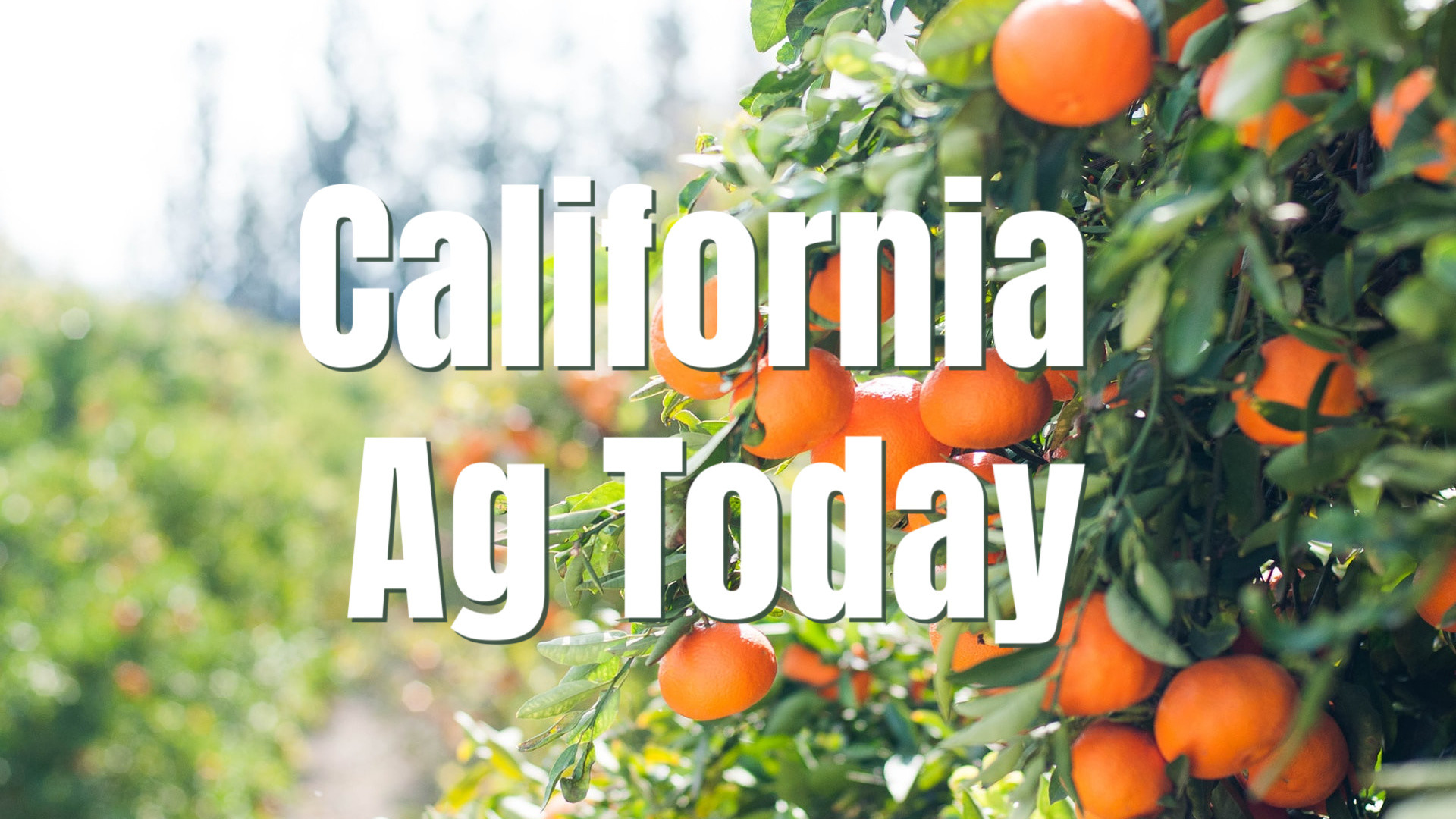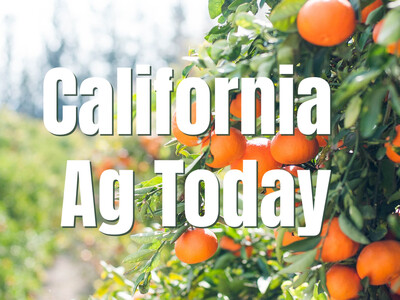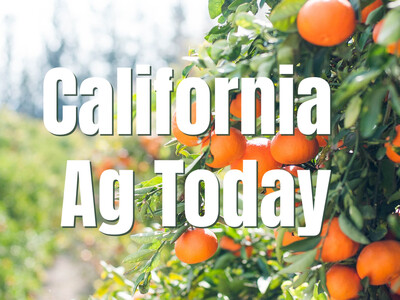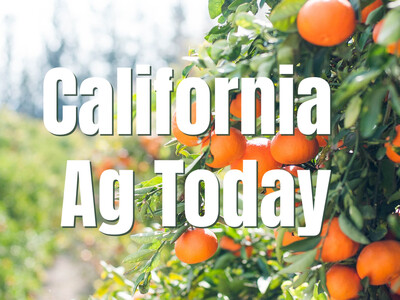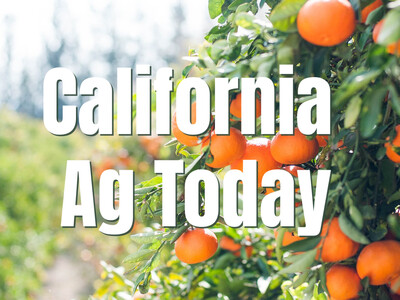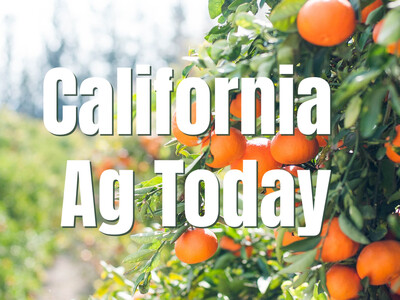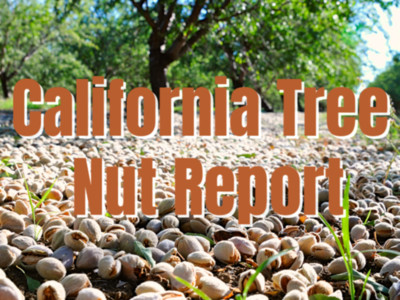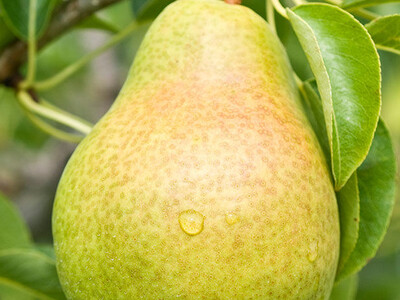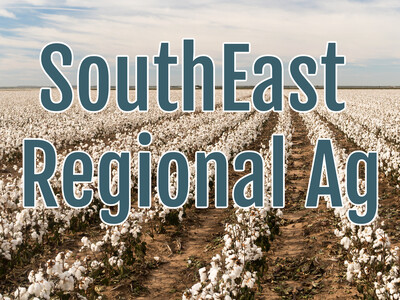Alfalfa Can Provide Irrigation Flexibility

Tim Hammerich
News Reporter
Over the past several years alfalfa production has really declined in California, replaced by other crops, especially tree crops. However, in dry years like this one, it has an advantage of being flexible, says UC Davis agricultural economist Dr. Dan Sumner.
Sumner… “One of the positive things about alfalfa is that you can adjust how much you water it. And it's sort of like mowing your lawn. If you put less water on it, it doesn't grow as fast. So unlike an annual crop, say processing tomatoes, where you're not going to cut back on the water use of the tomatoes, with alfalfa you can, and remember the alfalfa stand will last four years, so you don't want it to die. Let's say you've got a second year stand of alfalfa. But if you have a bad drought year, you can save that water. And often use it on your own almonds or pistachios or for that matter, sell it to your next door neighbor.”
Sumner says they can also be used for annual crops that need the water at critical times during the growing season.
Sumner… “They may also shift some water to tomatoes, say in the middle of the season. So this time of the year, they may get a cutting or two. This is May. And then cut back a little bit in the middle. This is a technical topic that my co-authors and colleagues, Dan Putnam and Rachel Long know a lot about, but the economics of it is pretty compelling.”


